Development
Development Development in higher order organisms commences at conception and continues into old age. With every stage of development, changes in the physical properties of cells and tissues takes place. In some cases these changes result from fluctuations in the biochemical or metabolic activity [...]


